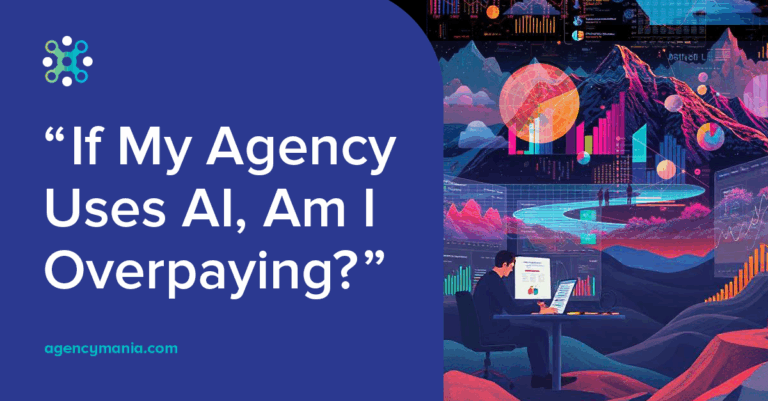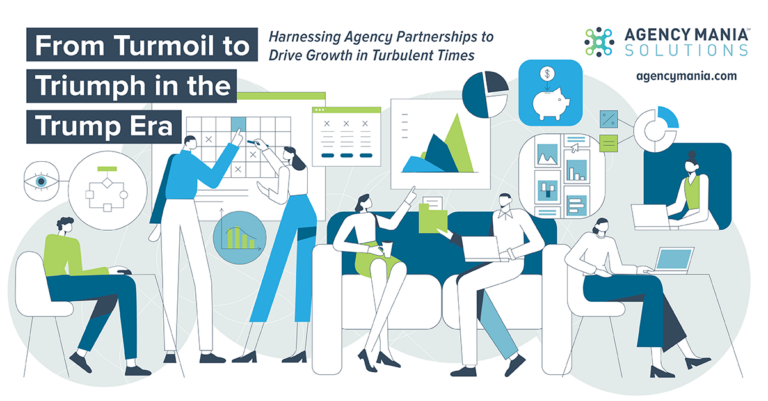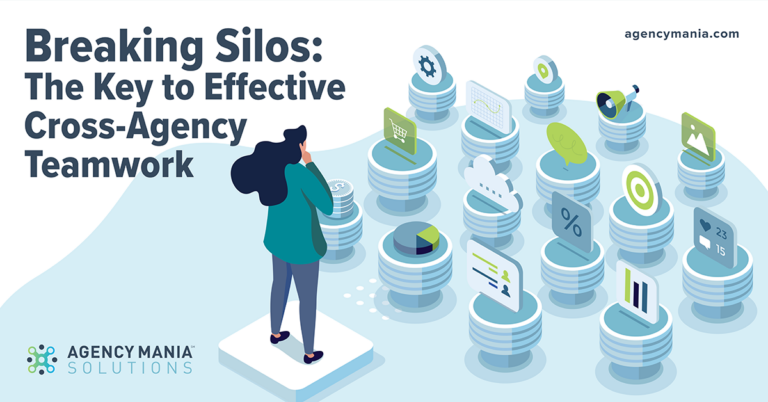Download a print-friendly version here
How Marketers Can Get Their Agencies to Collaborate
The first part of “Ménage à trois” comes from the Latin mansionem, “dwelling,” and old French word that meant “management of a household.” The concept of managing and orchestrating a carefully assembled roster of agencies has been particularly popular among brand advertisers who have made the conscious decision not to rely on a single agency of record.
At the ANA Masters of Marketing, Diego Scotti, chief marketing officer of Verizon, had chosen the topic of agency collaboration in his inspiring talk “The Power of Collaboration,” reinforcing the importance category leaders like Verizon place on having agencies working well together.Why advertisers and agencies should improve how they work together to maintain a healthy, loving and productive relationship.
“I see some of our competitors going all in on
single agencies, and I find it very hard to believe
they are getting high quality work out of that.”
— Diego Scotti
If collaboration is so critical and we are “stronger together
than we are apart,” what is getting in the way? Here are the
most common obstacles and what to do about them:
A: Continuous pitch environment – When agencies are
under pressure, competing in a constant series of pitches,
they are focusing on winning that business, period. They
are always looking behind their back to make sure no other
roster agency is trying to make a move and grab a piece
of their turf. Conducting an occasional pitch for a piece of
business is reasonable, but putting every agency in constant
pitch mode contributes to a culture of paranoia and distrust,
defensive and territorial behaviors, and organizational silos.
This has the opposite effect on collaboration, significantly
compromising genuine partnership and team efforts.
B: Ambiguous role clarity – There are many specialties
in advertising and marketing services, requiring different
agencies to bring their unique skillsets to the table and
collaborate on integrated campaigns. At least on principle,
because the reality is often quite different. If there is no
lead agency or the roles of each agency have not been well
scoped, they are likely to overlap. This can be a source of
tension and confusion, and can also create a significant waste
of resources. In recent years, digital as a marketing discipline
has created ample confusion among roster agencies about
who does what; proper division of responsibilities with
agencies often overlaps at the planning or even execution
stage.
C: Limited client orchestration – Verizon is a great example
of a company putting into practice every day the commitment
of bringing the most talented and diverse people together
and creating collaborative environments that foster
more innovation and creativity. Without a client’s active
management of its agency partnerships — setting up the right
expectations, leading by example, encouraging in-person
agency interactions, fostering the right values — the chance of
collaboration between agencies happening organically is small
to non-existent. Verizon’s approach includes bringing together
the leaders of all creative agencies to talk strategy in monthly
cabinet meetings and asking them to be transparent about
what they are working on at early stages of their projects to
facilitate information sharing and help foster alignment.
D: Lack of clear expectations – Collaboration is universally
well understood. In its most basic form, it is the action of
working with someone to produce or create something. But
what is less obvious, even to the most experienced teams, is
how collaboration is expected to manifest itself in the everyday
work environment: How do you share information? Do you set
up cross-agency teams? How do you seek input and at what
stage, etc.? When I was on the client side, I had often defined
common expectations in the relationship, sometimes formally
capturing those in a service level agreement (SLA).
E: No collaboration KPI – If collaboration matters (and we
know it does), then it should be something that can be
measured and improved upon. Brand advertisers should
consider adding a few questions about collaboration in
their annual and semi-annual client/agency performance
evaluations to assess how well each agency is doing in that
regard. Some of our clients ask agencies to provide feedback
about how well they collaborate with each other.
Thankfully, these obstacles can be overcome with adequate
measures and a commitment throughout the organization to
create a culture of teamwork and partnership. Here are five
ways to foster collaboration with your agencies:
1: Foster healthy competition among roster agencies.
Avoid forcing your roster agencies to be put in an adversarial situation by pitching on work. Instead, invite agencies to work together, share information and support each other by setting up shared goals and incentives to encourage and reward group vs. individual successes.
2: Articulate your agency model blueprint.
Define what each agency is responsible for in terms of scope but also functional duties, and communicate this to all agencies and internal stakeholders. It will ensure everyone is clear about the role they play within the larger picture and yet hold them accountable for their performance.
3: Build a culture of real collaboration.
Effective cross-agency collaboration requires active involvement and oversight from the client. Seize every opportunity to bring your agencies together for in-person strategic meetings, project briefing kick offs, agency summits, or campaign reviews and post-mortems.
4: Communicate your expectations.
Document the type of collaborative behaviors you expect to see between your agencies and communicate these expectations with client and agency teams. Capture those into a Service Level Agreement, provide training and find ways to celebrate those who excel at partnering with others to move your business forward.
5: Make collaboration a metric for success.
Make sure your client/agency performance surveys include some type of collaboration criteria so each roster agency can provide feedback on how well they work together as a team, how effective they are at sharing information early on, brainstorming and how they encourage productive conversations during a campaign. If collaboration truly matters, make sure you know how well you do.
Collaboration is not only critical to those brand advertisers that prefer building and fine-tuning their own agency teams, it’s also of great importance for those who rely on the holding company or an agency network to facilitate teamwork within their integrated team. Progressive companies like Verizon are keen to unleash new competencies in their agency roster that deliver greater creativity and innovation, and simply perform better.
“Plus Fort Ensemble” (French for “Stronger Together”) is not just another tagline; it’s a new way of working that requires
some due diligence and thoughtfulness to implement successfully.








